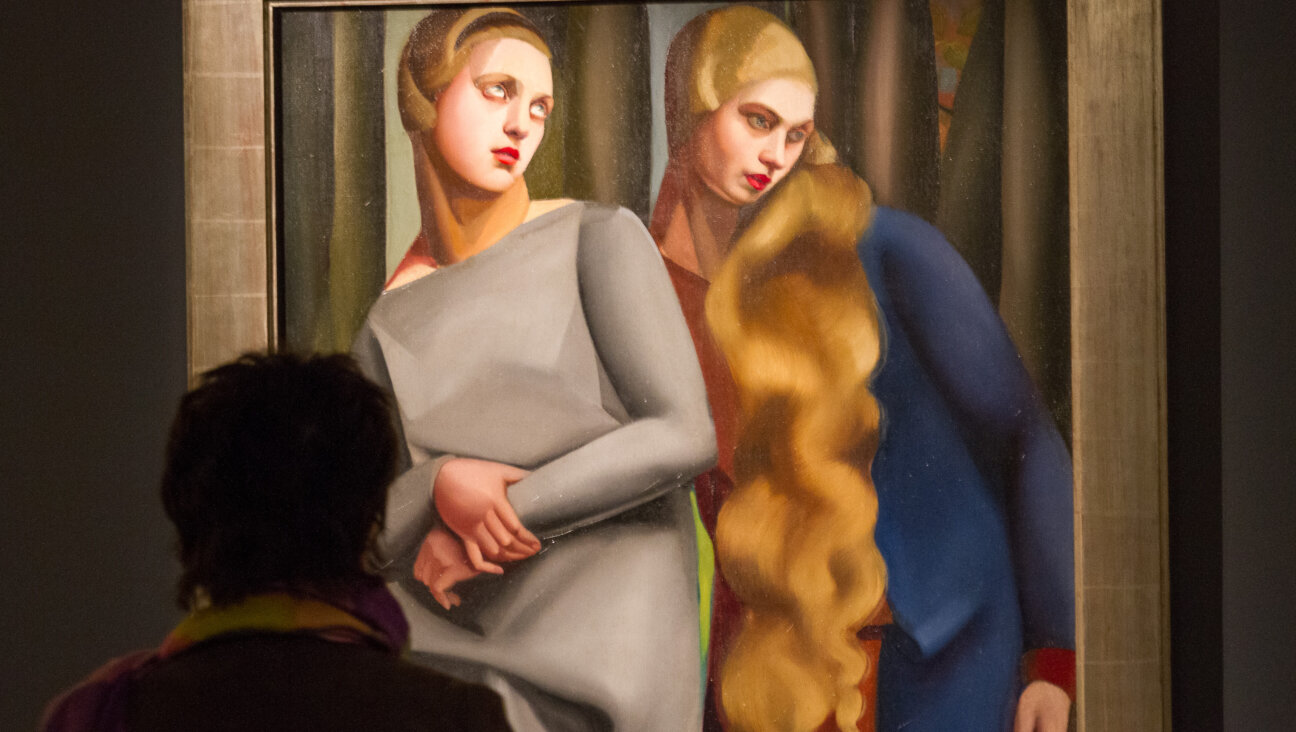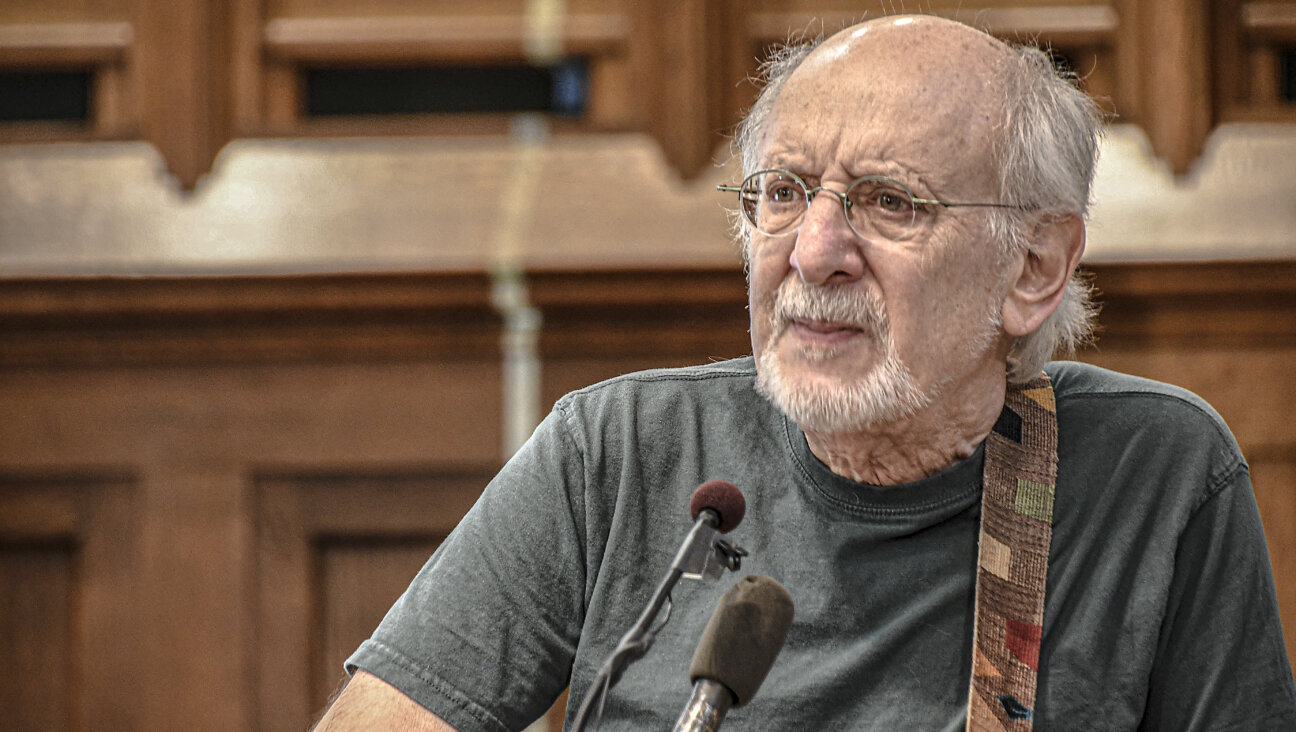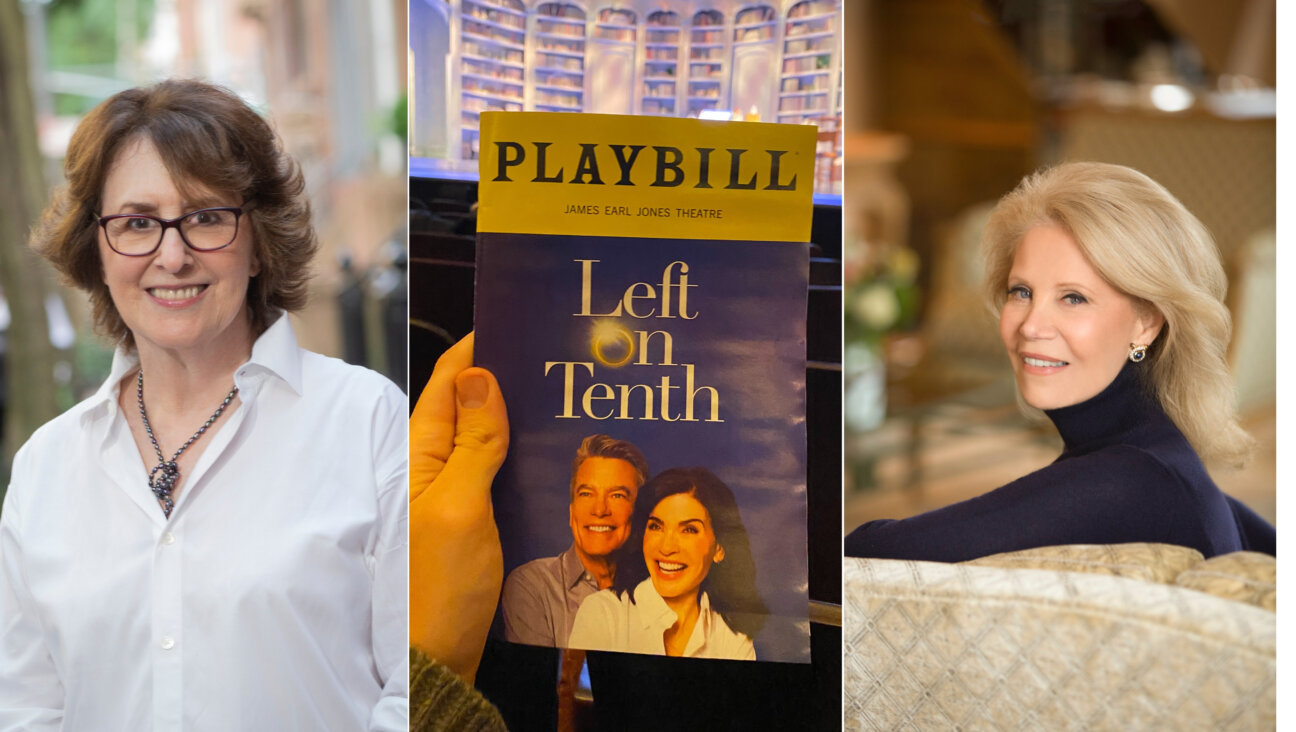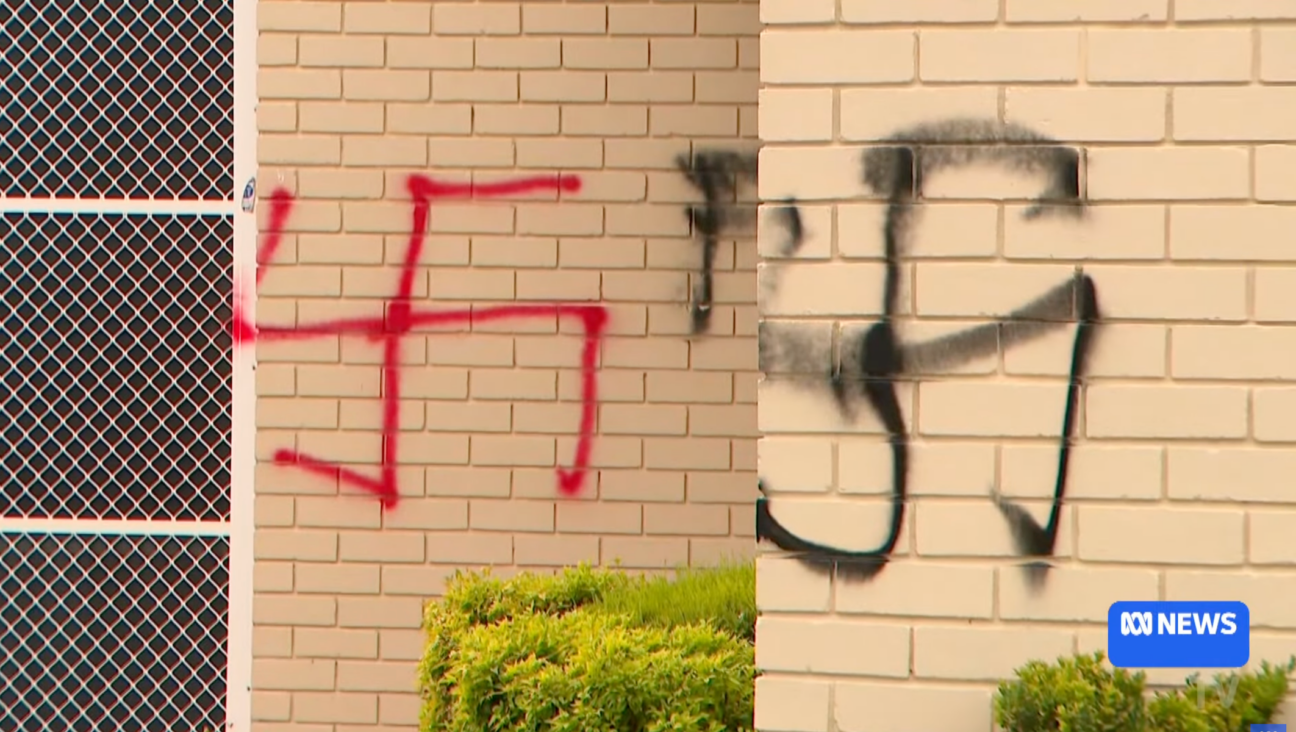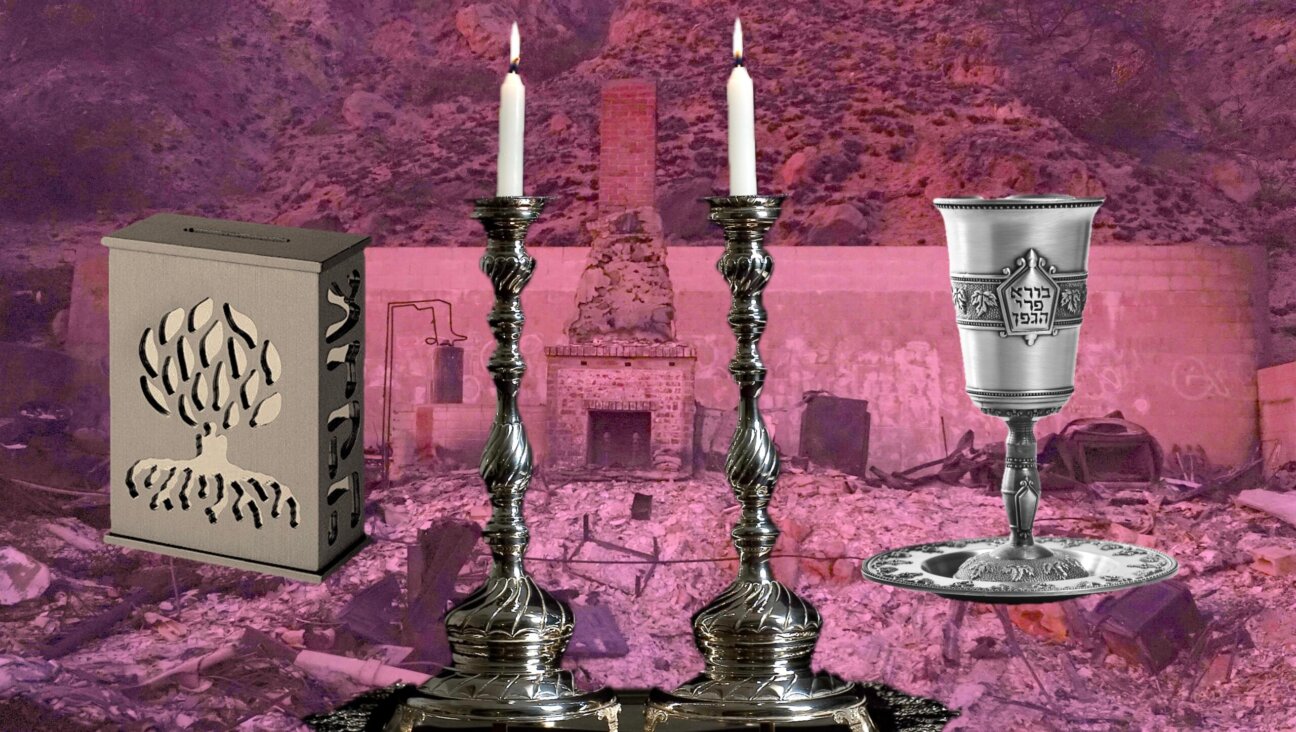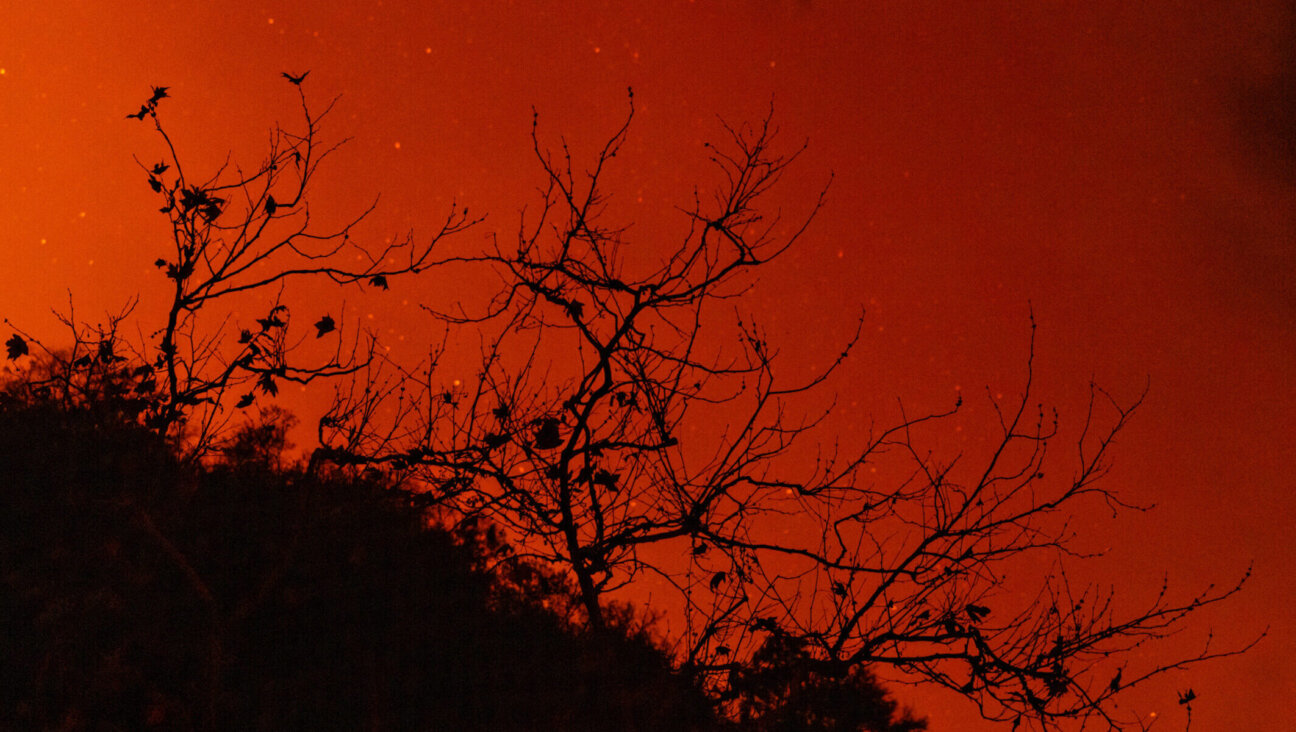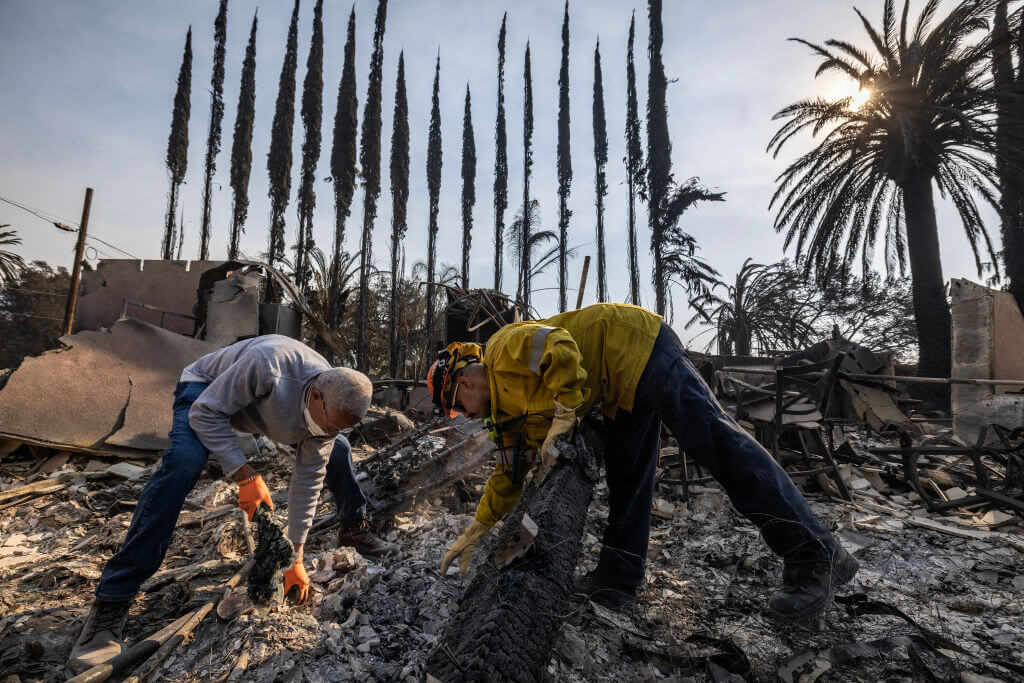Tuvia Ruebner, a Poet of Tragedy and Dissent

In the Illuminated Dark: Selected Poems of Tuvia Ruebner
By Tuvia Ruebner, translated by Rachel Tzvia Back
Hebrew Union College/University of Pittsburgh Press, 396 pages, $39.95
Tuvia Ruebner is a poet’s poet. Though distinguished and admired in Hebrew and German literary circles, and despite having publishing 15 books of poetry in Hebrew, he was little known for most of his career among the reading public in Israel.
Tragedy beset Ruebner throughout his life. Born in Slovakia in 1924, he immigrated to Palestine at 17 after the Nazi rise to power prevented his schooling. Though his parents hoped to join him, they were killed at Auschwitz along with his sister. Later, his first wife died in a bus accident, leaving him badly injured with an infant daughter to care for. A son from his second marriage disappeared in 1983 while travelling in South America, leaving no trace. These wounds appear frequently in his poetry.
Death and the insurmountable grief saturate this new translated collection. The biographical notes in the introduction lead the reader to examine the poems in light of the author’s own life. Repeatedly the poet asks how one can approach mourning. In “The Gravestone” he shows us the living and the dead communing, “the dead reaches out to the living. / Always there are both. / Neither speaks.”
The wealth of barely contained emotion that threatens to pour out and envelop the reader speaks to an individual’s sorrow and a private perspective on the world. These words are at odds with other poets of Ruebner’s generation, including T. Carmi, Yehuda Amichai, Haim Gouri, Anadad Eldan and Amir Gilboa, whose writing, at least in the early years of their careers, was focused on Israeli identity. While Ruebner failed to embrace Israeli culture in its entirety, he also uses Jewish imagery, biblical verses and descriptions of the landscape. But his pathos-filled allusions exist in a reified ethereal space, rather than the earthy reality emblematic of his peers.
As a bilingual edition, this volume makes an important contribution since so little of Ruebner’s Hebrew poetry can be found in print. It showcases Reubner’s appreciation for the sound of Hebrew; in the original the able reader is offered the opportunity to enjoy the sparse language, melodic and tightly controlled rhythm, and structure of the poetics. Rachel Tzvia Back has worked hard to render these qualities into English. At her most successful, she is able to capture a musical essence which, though not an exact replica of the original, serves to give the reader a sense of Ruebner’s stylized verse. In “A Question” this is beautifully preserved in the occasional haiku-like reflection:
How many years can one
maintain one’s balance on
the edge of the abyss?
Occasionally, however, these attempts are choices that sacrifice other aspects of the poem. In “Quiet and Open Skies” the form in English explicates the poem, but loses some of its clever rhythm, in which each line loses a beat. While these shortcomings might irritate an expert, the elegance with which Back renders the poems allows them to live in translation independent of the original text. In her introduction she outlines this as her aim as a translator. Despite some theoretical translation debates to the contrary, for most readers this is indeed a suitable intention, and one she completes admirably.
Now in his 90s, Ruebner has finally found the success in Israel that had long eluded him. His individualistic style has been rediscovered by an audience that has moved away from a nationalist discourse to a personal one, and to a critical perspective on Israel’s militarism. Thematically it is these issues, along with the fragmentation of a post-Holocaust world, that constitute the majority of his poetry. Among his finest lines are those that integrate personal loss with the epic tragedy of the Holocaust, such as his “A Postcard from Pressburg-Bratislava”:
My teacher, Mr. Wurm from the elementary school,
pulled a class photo from his drawer and started pointing:
“This one was a Nazi, and this one and that one too. This one
was especially brutal. This one fell in Russia
and that one was deported. Which of the Jewish pupils survived – I do not know.”
Pressburg was a tri-lingual city. Its fourth language
is silence.
Ruebner’s personal tragedy and the conflict of writing poetry after everything has been taken away lies in “A Postcard from Shastin: Autumn Fires,” where “everything is smoke. Nothing to see. Not a single person / to talk to. Nothing to write about.” As Back explains in her introduction, the Holocaust is ever-present in many of his texts through “the absent, the broken, and the fragmented.” Ruebner’s style situates him as a German writer composing in Hebrew. Until his marriage to his second wife in 1957, he wrote exclusively in German, his mother tongue, and he would go on to become a translator from German to Hebrew, and Hebrew to German, as well as a professor of German at Haifa University.
He is also a photographer, a medium that is reflected in his use of ekphrasis – poetry that represents in words a piece of visual art – which characterizes some of the strongest poems in the volume. They capture the universalism that is characteristic of his writing. In “The Last Supper,” the Hebrew describes Yaakov and Shimon, linking New and Old Testament narratives and situating da Vinci’s painting within the Biblical landscape. In English translation the Jewish metaphors seem almost as incongruous as “James” and “Simon,” which distance the reader from the Hebrew sources and situate the poetry in a European-Christian art space.
In Israel today, Ruebner is best known for his left-wing views and his criticism of the treatment of Palestinians. Back refers to the “poetic dissent” evident in poems such as “A Postcard from the Hebron Region” in the chilling lines “Oh, the soldiers, young and frightened. / … It’s hard to know who to believe, and what.” With its helpful introduction, useful translator notes, and poet’s chronology, this is an indispensable volume for readers of Hebrew poetry.
Rachel S. Harris is Associate Professor of Israeli Literature and Culture at the University of Illinois, Urbana Champaign. She is author of “An Ideological Death: Suicide in Israeli Literature” (Northwestern University Press, 2014) and co-edited “Narratives of Dissent: War in Contemporary Israeli Arts and Culture” (Wayne State Press, 2013).
A message from our Publisher & CEO Rachel Fishman Feddersen

I hope you appreciated this article. Before you go, I’d like to ask you to please support the Forward’s award-winning, nonprofit journalism so that we can be prepared for whatever news 2025 brings.
At a time when other newsrooms are closing or cutting back, the Forward has removed its paywall and invested additional resources to report on the ground from Israel and around the U.S. on the impact of the war, rising antisemitism and polarized discourse.
Readers like you make it all possible. Support our work by becoming a Forward Member and connect with our journalism and your community.
— Rachel Fishman Feddersen, Publisher and CEO









